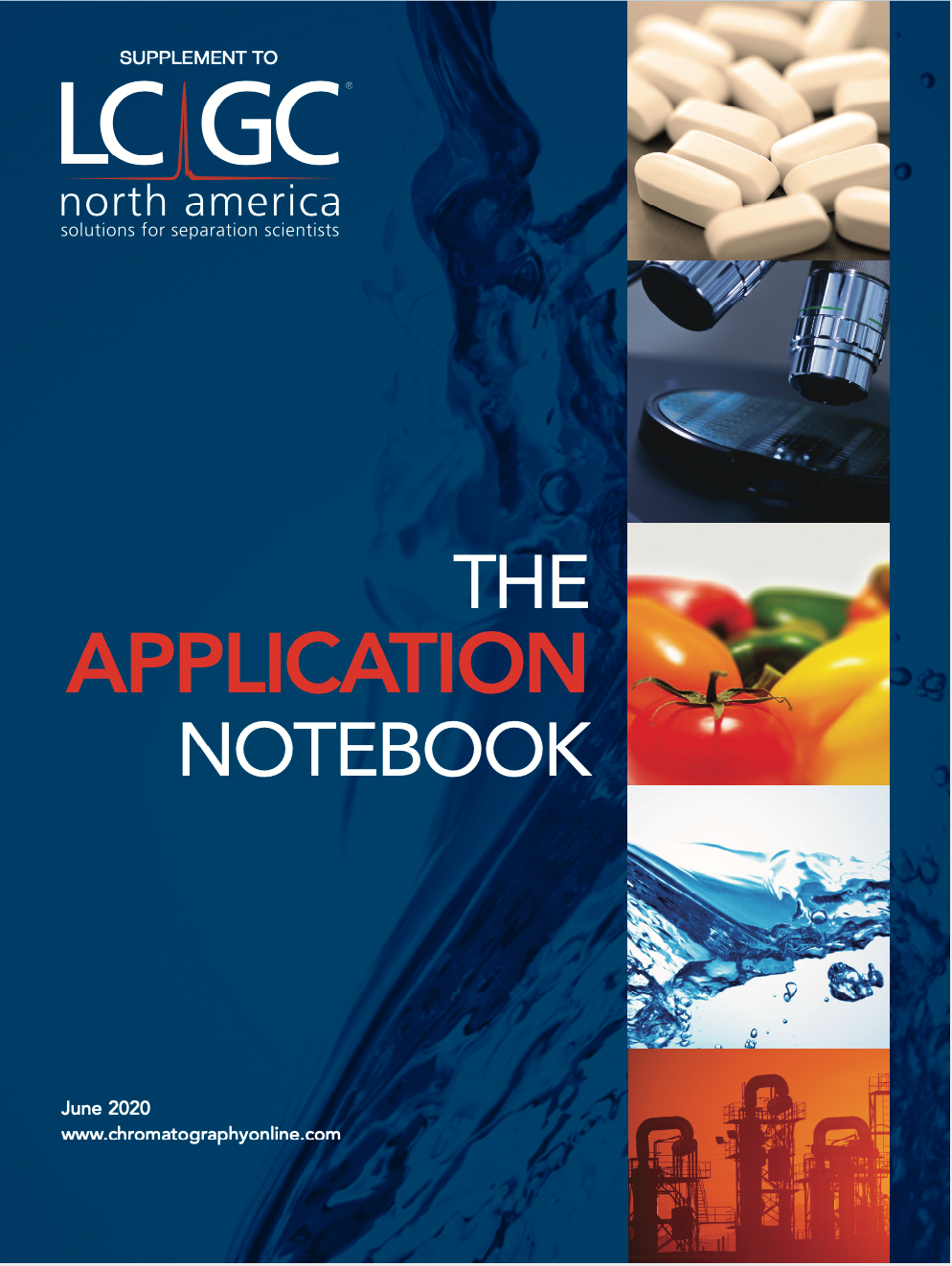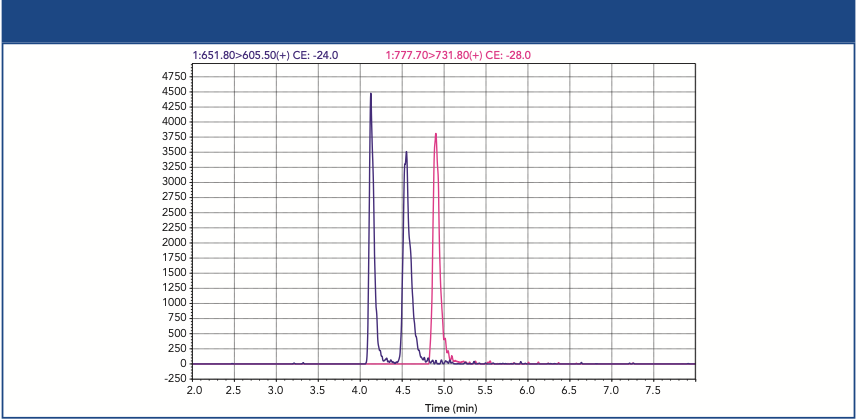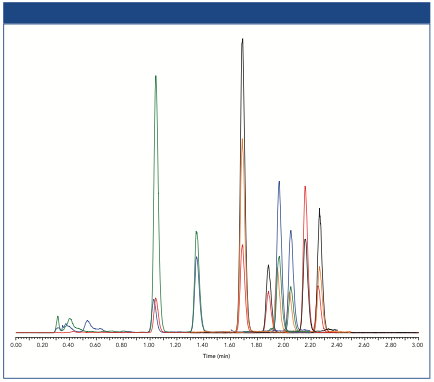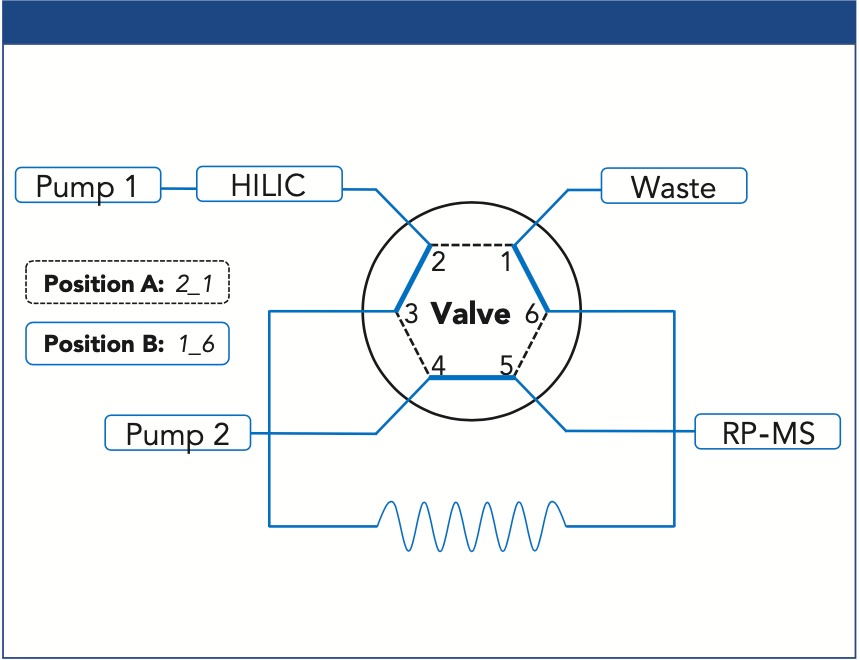Pickering Laboratories - Amino Acid Analysis by European Pharmacopeia to Support Coronavirus Research
Pharmaceutical companies worldwide are currently searching for vaccines, therapeutic agents, and prophylactics to combat COVID-19. The focus on biologic drugs during the current pandemic highlights the crucial role amino acids analysis plays in research and production of pharmaceuticals.
The European Pharmacopoeia (Ph. Eur.) defines requirements for the qualitative and quantitative composition of medicines, as well as the tests to be carried out on medicines and on substances and materials used in their production.
Pickering Laboratories, Inc. offers a complete solution for amino acids analysis according to Ph. Eur.. This includes the Onyx PCX post-column derivatization instrument, analytical columns and GARDs, buffers, and Trione® ninhydrin reagent. The methods presented in this application note were optimized to comply with system suitability requirements of Ph. Eur. 9.0 methods.
Equipment
- Quaternary HPLC pump, autosampler, UV-vis detector
- Onyx PCX post-column derivatization system
Analytical columns and eluants
For Sodium-based methods: High-efficiency sodium cation-exchange column, 4.6 x 110 mm, catalog number 1154110T. Eluants: Na315, Na425, Na640, RG011
For Lithium-based methods: High-efficiency lithium cation-exchange column, 4.6 x 75 mm, catalog number 0354675T. Eluants: 1700–1125, Li365, Li375, RG003
Post-column reagent
Trione® ninhydrin reagent
Figure 1: Sodium chromatogram of amino acids analyzed using Ph. Eur. 9.0 methods (3 ug/mL each, 50 uL injection).

Figure 2: Sodium chromatogram of alternative amino acids analyzed using Ph. Eur. 9.0 methods (3 ug/mL each, 50 uL injection).

Figure 3: Lithium chromatogram of amino acids used as reference solutions for cysteine analysis (3 ug/mL each, 50 uL injection).

To make it easier to start using Pickering Laboratories methods, we offer chemistry kits that include an analytical column, GARD buffers, and reagents for amino acids analysis. All parts of the kit could be ordered individually if needed. Please contact Pickering Laboratories if you have any questions regarding this application.

Pickering Laboratories, Inc.
1280 Speca Park Way, Mountain View, CA 04043
tel. (800) 654-3330, (650) 694-6700
Website: www.pickeringlabs.com










SEC-MALS of Antibody Therapeutics—A Robust Method for In-Depth Sample Characterization
June 1st 2022Monoclonal antibodies (mAbs) are effective therapeutics for cancers, auto-immune diseases, viral infections, and other diseases. Recent developments in antibody therapeutics aim to add more specific binding regions (bi- and multi-specificity) to increase their effectiveness and/or to downsize the molecule to the specific binding regions (for example, scFv or Fab fragment) to achieve better penetration of the tissue. As the molecule gets more complex, the possible high and low molecular weight (H/LMW) impurities become more complex, too. In order to accurately analyze the various species, more advanced detection than ultraviolet (UV) is required to characterize a mAb sample.
SEC-MALS of Antibody Therapeutics—A Robust Method for In-Depth Sample Characterization
June 1st 2022Monoclonal antibodies (mAbs) are effective therapeutics for cancers, auto-immune diseases, viral infections, and other diseases. Recent developments in antibody therapeutics aim to add more specific binding regions (bi- and multi-specificity) to increase their effectiveness and/or to downsize the molecule to the specific binding regions (for example, scFv or Fab fragment) to achieve better penetration of the tissue. As the molecule gets more complex, the possible high and low molecular weight (H/LMW) impurities become more complex, too. In order to accurately analyze the various species, more advanced detection than ultraviolet (UV) is required to characterize a mAb sample.
2 Commerce Drive
Cranbury, NJ 08512

.png&w=3840&q=75)

.png&w=3840&q=75)



.png&w=3840&q=75)



.png&w=3840&q=75)